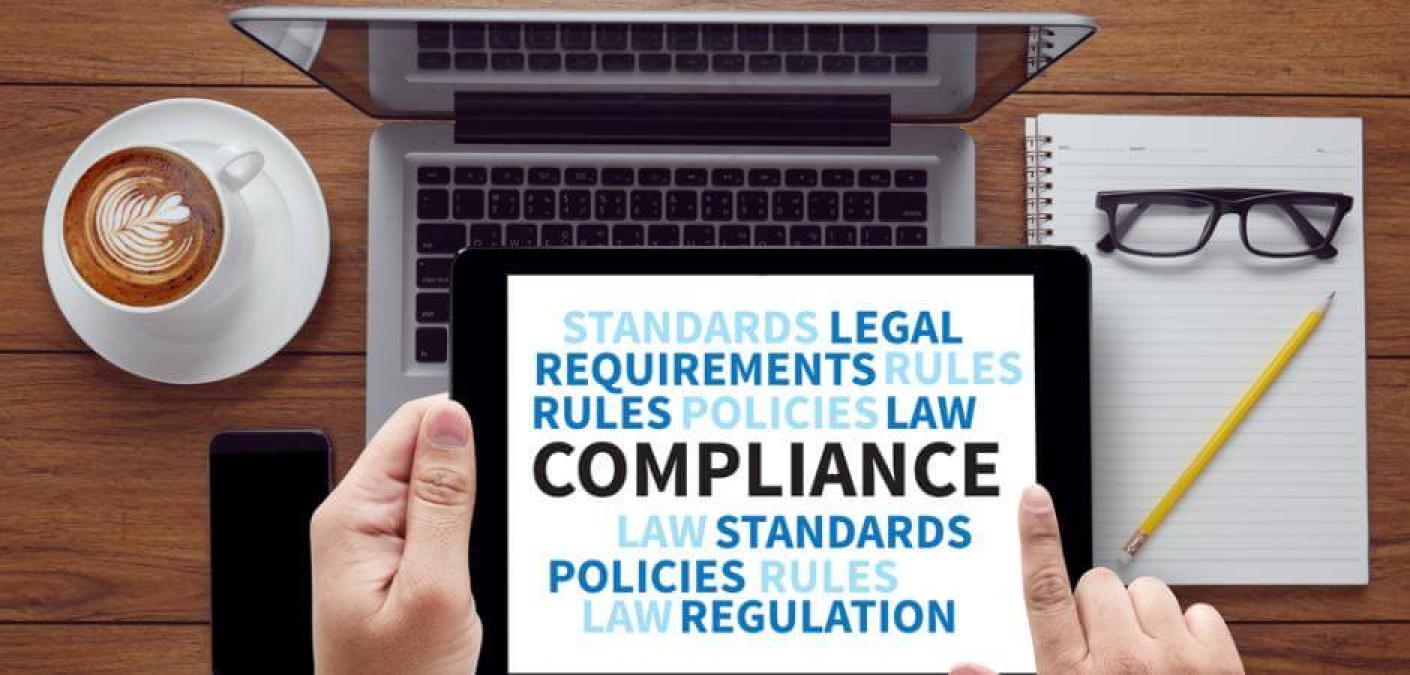How to Prepare for Regulatory Compliance in 2019

If you’re a business in a heavily regulated industry like financial services, it’s easy to feel like you’re under constant attack from regulators. A constant stream of new laws means that maintaining compliance can be increasingly difficult and costly to manage. This is leading firms to seek out a host technology-driven solutions, but choosing the wrong ones can create more problems and complexity.
Here’s the good news: Compliance does not have to be overwhelming. Better still, it can actually become an asset used to attract clients and build relationships. Staying positive and keeping things in perspective is important, because big changes are coming to the regulatory landscape in 2019.
Compliance is undergoing rapid modernization across industries. The proliferation of data has created new risks for companies and consumers alike. It’s also created an in-depth paper trail that empowers regulators to track business decisions in detail. For both of these reasons, regulators are moving to expand and update the rules.
Right now, companies are adapting to General Data Protection Regulation (GDPR) in Europe and anticipating similar rules in the U.S. While it would be easy to adopt a “sky-is-falling” mentality, you could instead view this as an opportunity, not an obligation. Companies that adopt the right approach now will ultimately become stronger through proactively planning for compliance.
Putting Compliance on Autopilot
Individually, most compliance rules don’t create headaches. Collectively, however, they can produce a huge, seemingly endless workload. To handle the volume and velocity, leading companies are relying on advances in artificial intelligence and machine learning.
Experts estimate that by 2020 we will have computing power on par with the human brain. And by 2050, it will surpass the sum total of all human intelligence. Systems powered by AI are getting much smarter, which makes them a natural fit for something as challenging as regulatory compliance.
Using AI for compliance is considered a relatively new application, but it’s already eliminating huge hurdles for large and small companies alike. Take AI-driven search, for example. When companies need to locate and provide specific pieces of information, they no longer have to hunt through an endless number of folders and communication channels. Instead, they’re able to perform a quick search to retrieve the information instantly.
AI can also be used to track how information is managed and raise red flags when compliance issues arise. This is enormously advantageous because it takes the surprise out of compliance audits. The kinds of issues that would normally result in fines and penalties can instead be resolved before regulators every even become involved. This puts companies in control of their own destinies like never before.
Tomorrow’s Compliance Starts Today
Compliance is different for every company. More than anything, the key to compliance is devising a strategy customized to meet your organization’s requirements and challenges. The specific policies, protections, and technologies you rely on will be unique, but every strategy should include these features:
- The Ability to Gather Data Across Channels: Now that information flows freely, sensitive data is spread across your enterprise. Without a way to identify where this information is, compliance is impossible. As a result, companies must maintain a top-down view over all their information, and be able to reach across every channel.
- A Centralized Database: Standardization is at the heart of compliance. Unless you treat all information equally, there is a strong chance that some of it may risk compliance issues. Building a centralized database for all your information creates consistency while also making it easier to manage and retrieve important information.
- Periodic Review and Revision: Given the ever-changing nature of the regulatory landscape, your approach to compliance should be reviewed regularly. Take into account any new rules that have hit the books, and always be conscious that just because you haven’t been penalized doesn’t mean you’re compliant.
- Fast and Comprehensive Search Tools: Google showed us that an ocean of information can be easily accessed. Using search tools for compliance purposes is an obvious way to streamline how you conduct audits and expedite how you interact with regulators.
Zix has become a leader in cybersecurity by understanding that hackers aren’t the only issue. Staying secure is also about maintaining compliance, which is why Zix builds cybersecurity tools that make this easy to implement. Features like unified search, automated archiving, and ironclad email security are exactly what regulators want to see at tomorrow’s companies. When you’re ready to turn regulatory liabilities into assets, you can rely on the Zix team for the help you will need.
